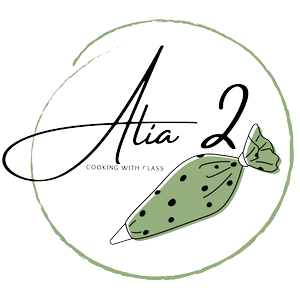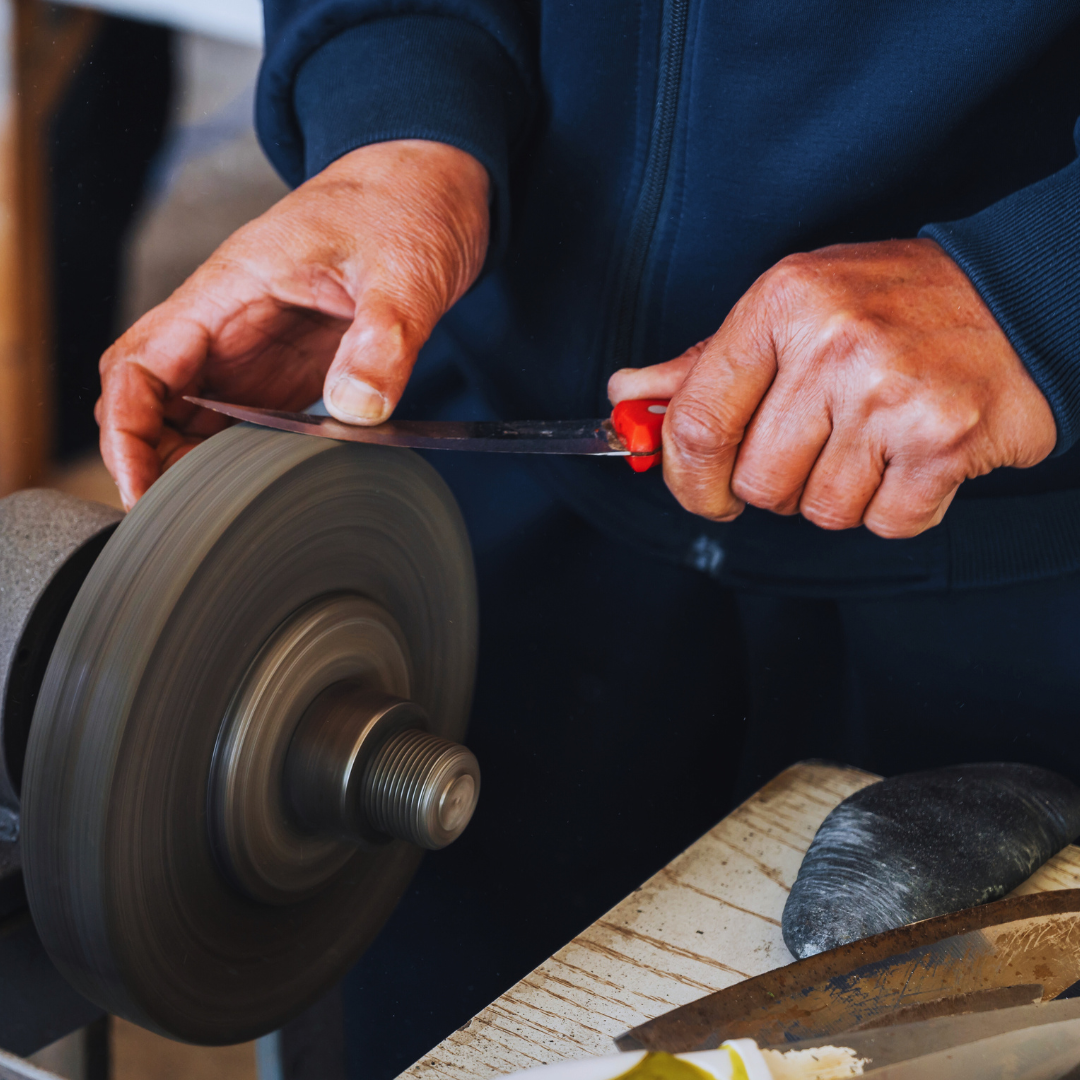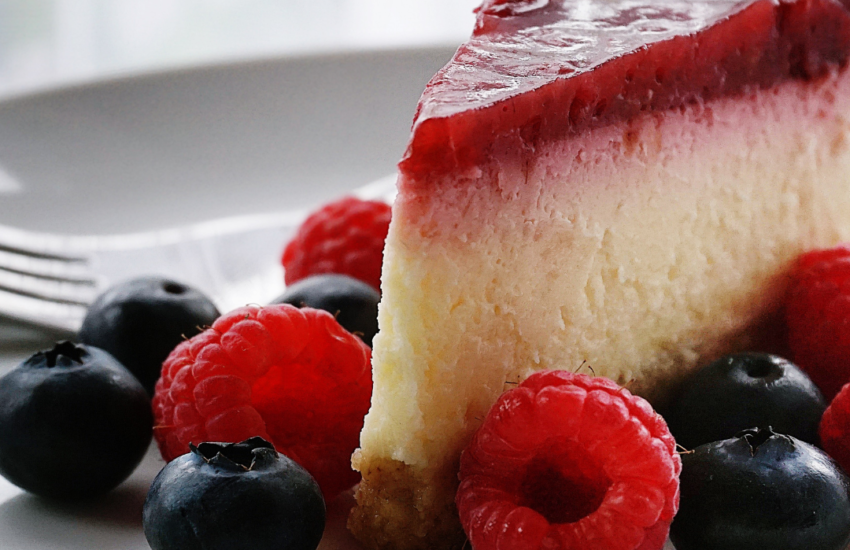The Best Ways to Sharpen Your Knives for Precision and Longevity
A sharp knife is essential for effective cooking, ensuring precision and safety in the kitchen. The best ways to sharpen knives include using a whetstone, honing steel, or an electric sharpener, each offering unique benefits. Understanding the specific needs of different types of knives can lead to a more efficient sharpening process, ultimately enhancing meal preparation.
For those who take their culinary skills seriously, maintaining knife sharpness can transform cooking from a chore into an enjoyable experience. Regular sharpening not only extends the lifespan of the knives but also improves the quality of the food being prepared. By employing the right techniques and tools, anyone can achieve that perfect edge.
Exploring the methods available allows cooks of all levels to choose the best approach for their knives. With the right knowledge, sharpening can become a straightforward task that ensures optimal performance and safety in the kitchen.
Understanding Knife Sharpening
Knife sharpening is an essential skill that enhances the cutting performance of cutlery. This section explains how a cutting edge functions, the difference between sharpening and honing, and the significance of regular knife maintenance.
How a Cutting Edge Works
A knife’s cutting edge is designed to separate materials with ease. The edge consists of two bevels that meet at a pointed tip. The angle of these bevels influences the sharpness and durability of the blade.
A sharper edge has a smaller angle, typically between 15 to 20 degrees, ideal for kitchen knives. As the knife is used, these bevels can become misaligned or dulled.
The alignment and maintenance of the edge are crucial for effective cutting. Properly maintained knives reduce the effort required during cutting tasks, making food preparation quicker and safer.
Differentiating Sharpening and Honing
Sharpening and honing are distinct processes, though they are often confused. Sharpening removes material from the blade to create a new edge. This process is usually done with a whetstone or a sharpening tool.
Honing, on the other hand, realigns the edge without removing material. This can be accomplished using a honing rod. Regular honing helps maintain a knife’s cutting ability between sharpening sessions.
A common mistake is assuming that honing can replace sharpening. Understanding both processes is key to maintaining a knife’s performance.
The Importance of Knife Maintenance
Knife maintenance involves several practices to ensure longevity and performance. Regular cleaning after use prevents rust and corrosion. It is advisable to hand wash knives rather than placing them in a dishwasher.
Storage also plays a significant role in maintenance. Using a knife block or magnetic strip keeps the blades safe and allows for easy access.
Periodic sharpening and honing are essential to keep the knife in optimal condition. Neglecting proper maintenance can lead to dull blades, which require more effort to use and may reduce safety during food preparation.
Selecting the Right Tools
Choosing the appropriate tools for sharpening knives is essential. The right tools not only ensure a sharp edge but also prolong the lifespan of the knife. Understanding the types of sharpening tools available will aid in making an informed decision.
Choosing Between Sharpening Stones and Knife Sharpeners
Sharpening stones, also known as whetstones, and mechanical knife sharpeners serve different purposes. Whetstones require technique but offer precise control over the sharpening process. They are favoured by professional chefs and enthusiasts for customisation.
Knife sharpeners, on the other hand, provide ease of use and speed. They typically feature preset angles for convenience, making them ideal for quick touch-ups. Before selecting, consider personal skill level, the type of knife, and how often sharpening is required.
Understanding Whetstones and Grit
Whetstones come in various types, including natural and synthetic options, and are graded by grit. Grit refers to the particle size, which affects the sharpening process. Lower grit numbers (e.g., 200-600) are suitable for repairing dull blades, while higher grits (e.g., 1000-3000) refine edges.
For finer finishing, ultra-high grit stones (above 6000) can create a polished edge. Proper usage of whetstones involves soaking before use and maintaining consistent angles during the sharpening motion to achieve the desired sharpness.
Overview of Honing Steels and Rods
Honing steels, often referred to as honing rods, are commonly mistaken for sharpening tools. They align the blade edge rather than remove material. This tool is crucial for maintaining a sharp edge between sharpening sessions.
Honing rods come in various materials, including steel and ceramic. The choice depends on the knife’s material and intended use. Regular honing can extend the time between actual sharpenings, making it an essential companion for knife maintenance.
Effective Knife Sharpening Techniques
Sharpening knives effectively involves mastering sharpening angles, employing controlled movements, and utilising professional techniques. Each of these components plays a crucial role in achieving a sharp, well-maintained blade.
Mastering Sharpening Angles
Achieving the correct sharpening angle is essential for optimal edge retention and performance. Most kitchen knives require an angle between 15 and 20 degrees.
To determine the angle:
- Hold the knife against the sharpening stone.
- Tilt the blade until it matches the desired angle.
Maintaining this angle consistently throughout the sharpening process can significantly enhance the knife’s sharpness. A wrong angle can cause damage to the blade, leading to ineffective sharpening and increased wear over time.
Controlled Movements for Even Results
Consistent, controlled movements are vital for even sharpening. Applying uniform pressure across the blade ensures that the edge remains straight and sharp.
Recommendations include:
- Using long, sweeping strokes from heel to tip.
- Keeping a steady rhythm to develop muscle memory.
Practising these movements reduces the likelihood of creating uneven edges. Additionally, maintaining contact with the stone promotes a sharper edge, as it allows the blade to maintain proper alignment throughout the sharpening process.
Using Professional Chef Techniques
Professional chefs often employ specific techniques to enhance their knife skills. Techniques such as the ‘slicing’ method are particularly effective.
This involves:
- Holding the knife at the correct angle.
- Drawing the blade across the sharpening surface in a slicing motion.
Chefs may also vary their approach based on the type of blade. For instance, fine German knives differ from Japanese knives in sharpening techniques due to their unique blade geometry. Understanding these nuances helps in achieving professional-level sharpness.
Finishing and Polishing the Blade Edge
Finishing and polishing are crucial steps in the sharpening process. After achieving the desired sharpness, a finer grit stone or honing steel can refine the edge.
Steps include:
- Switching to a finer sharpening medium.
- Gently polish the edge using light, precise strokes.
This final step enhances the knife’s overall performance by creating a smooth finish. A polished blade not only cuts more efficiently but also resists corrosion and wear, prolonging the life of kitchen knives.
Maintaining Sharp Knives Over Time
Proper knife maintenance is essential to prolong the lifespan of cutlery and ensure optimal performance. Regular care not only keeps knives sharp but also sustains their quality over time.
Routine Honing a Knife
Honing a knife is crucial for maintaining its edge. This process realigns the blade’s metal rather than removing material, making it a preferred method for regular upkeep. It is recommended to hone a knife before each use.
Using a honing rod, the user should hold the rod vertically and place the knife at a 15-20 degree angle to the rod. The blade should be drawn downwards and across the rod, from heel to tip. This action should be repeated several times on each side of the blade.
In addition, honing can be performed with a honing steel or ceramic rod, both effective in keeping a knife sharp. It is essential to understand that honing does not replace sharpening; it merely maintains the edge.
Proper Storage and Care
How knives are stored can significantly influence their longevity. Knives should be stored in a manner that protects their edges from damage. Options include wooden blocks, magnetic strips, or sheaths.
Avoiding overcrowding in drawers is crucial, as contact with other utensils can dull blades. When cleaning knives, it is best to wash them by hand with mild detergent and avoid using a dishwasher.
After washing, knives should be dried immediately to prevent rust. Regular inspection for signs of damage, such as chips or cracks, also contributes to maintenance.
When to Sharpen Versus Hone
Recognising the difference between honing and sharpening is important for effective knife maintenance. Honing is performed regularly while sharpening is necessary when a knife becomes noticeably dull.
A knife may need sharpening if it cannot slice through food with ease, or if it has visible nicks on the blade. The use of a sharpening stone, electric sharpener, or professional services can restore the edge.
Understanding the specific needs of each knife type is key. For instance, Asian-style knives often require different sharpening techniques compared to Western knives. Regular assessments ensure that knives remain effective without compromising their lifespan.



